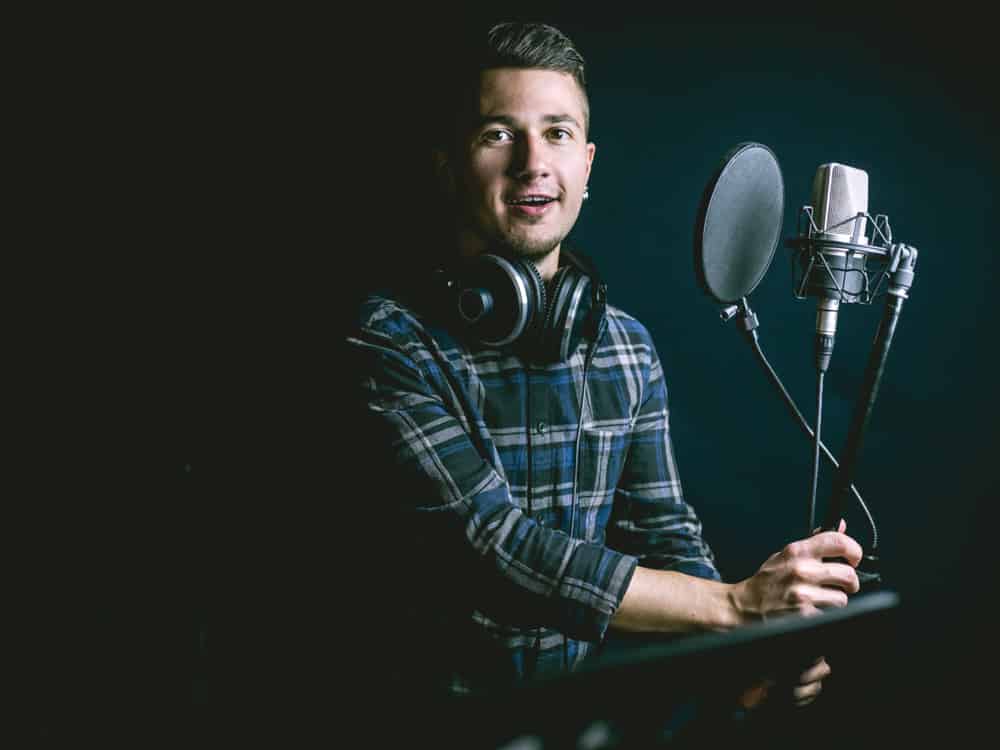Before explaining how to best use dubbing to enhance or diversify a film, it’s important to understand what dubbing is and what it is not. In particular, individuals with an interest in filmmaking should know the difference between dubbing and another sound element typically referred to as voiceover.2
Like dubbing, voiceover can be employed in more than one way. For instance, voiceover is often used as internal dialogue for a character. Whether that dialogue is being directed at the audience is up to the Filmmaker.
But regardless of the voiceover being used to enlighten audiences to the internal thoughts of a character or to communicate directly with them, it can help to inform story and character arc.
Dubbing is not voiceover. Each technique is used for different purposes, as this video explains.
In some cases, voiceover is also used to translate dialogue spoken in a language foreign to the audience listening to it. In particular, this form of voiceover is used quite often in documentaries when someone is interviewed who speaks a foreign language. Typically, the voiceover will lag a second or two behind the speaker to inform the audience as to what the subject is saying to the camera.
Dubbing and voiceover contrast most significantly in terms of their noticeability. Voiceover is meant to serve a creative storytelling purpose, as is often the case in narrative film, or a more direct translation purpose, such as in documentaries.
Conversely, dubbing is understood by audiences to be a translated “double” of the dialogue that was originally recorded, which is where the word “dubbing” comes from. That being said, the most effective dubbing is the kind that goes unnoticed by audiences. Whether it’s relaying dialogue in a native tongue or replacing unusable on-set sound, good dubbing is “invisible” to the ear listening to it.
